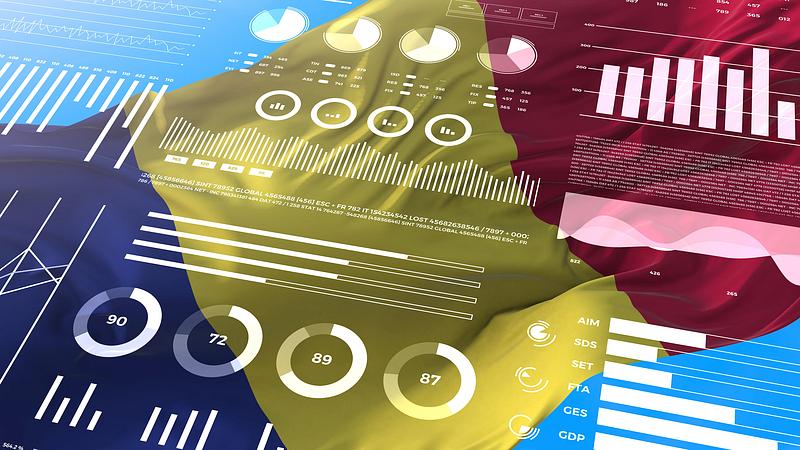Romania’s surprising 6.5% GDP YoY growth in Q1 driven by private consumption and IT&C



Romania’s statistics office released on June 8 the detailed Q1 GDP figures after the flash estimate indicating 6.5% YoY growth and 5.2% QoQ advance took analysts by surprise last month.
The details confirmed expectations that the private consumption (+7.1% YoY and +3.5% QoQ) was the main driver stimulating, on the formation side, the sector of services to households (+11.2% YoY and +6.2% QoQ).
Households’ consumption alone pushed up the GDP annual (YoY) growth by 5.1pp while the gross fix capital formation and the inventory build-up contributed altogether only 0.5pp, and the foreign trade had a neutral contribution - on the utilisation side.
On the formation side, the sector of IT&C is worth being singled out due to its 1.8pp contribution to the 6.5% YoY growth, on the top of the 2.6% contribution of the sector of services to households.
While confirming analysts’ expectations about the drivers behind the robust economic growth in Q1, the detailed data released by INS leaves many questions unanswered.
Thus, the robust growth (in real terms) of the IT&C sector was partly explained by the sudden (9%-10%) drop in the prices in the sector, both in QoQ and YoY terms. How was this possible and what it says about the sector’s productivity remains unclear.
Separately, the prices of the goods used by the Government on behalf of the households (‘individual final consumption expenditure of General Government’) plunged by an impressive 30% QoQ supporting a significant part of the 3.5% QoQ real rise of the private consumption.
Thirdly, the rapid change of the seasonality assumed by the statistics office from one quarter to the other, an effect of the seasonal adjustment model, creates puzzling effects that made analysts of major banks revise quite sharply their projections.
The statistical discrepancies are quite wide, and the developments often defy intuition. This means that the separate dynamics of sectors fail to explain the dynamics of the whole GDP. One good illustration was provided by the April retail sales data released recently: the food, non-food and fuels sales rose by 1.6%, 2.2% and 3.6% respectively (MoM), while the overall sales figure edged up by only 0.3%.
In a similar way, the dynamics of the economic sectors would suggest an even stronger YoY growth rate - compared to the actual 6.5% rise. Such effects are normal for major one-off shocks such as the pandemic lockdown or the surge in energy prices, and the backward adjustments will be major as well.
(Photo: Antonyesse/ Dreamstime)
iulian@romania-insider.com